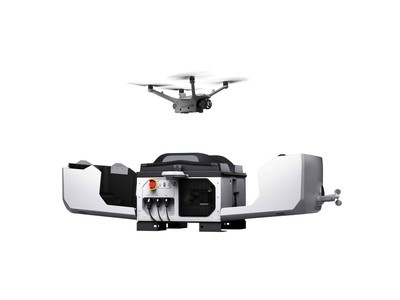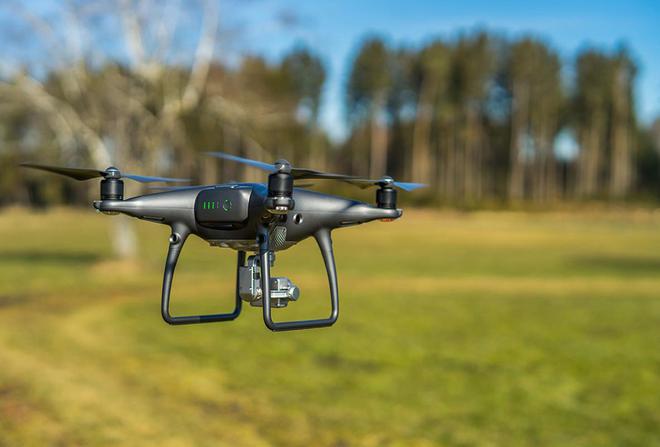The Role of Search and Rescue Drones
Drones designed for search and rescue missions are often equipped with high-resolution cameras, thermal imaging sensors, and GPS systems that provide real-time data and wide-ranging surveillance. This technology allows rescue teams to swiftly locate lost hikers, stranded mountaineers, or disaster survivors who are difficult to spot from the ground. The compact size and agility of drones enable them to access remote or hazardous areas, often unreachable by traditional means. As a result, the use of drones significantly reduces response times, enhancing the likelihood of successful rescues.
Enhancing Response Efficiency
Emergency situations demand quick action, and drones rise to the occasion with their rapid deployment ability. Unlike helicopters, which require extensive preparatory measures and clear weather conditions, drones can be launched within minutes under various weather circumstances. Their operational flexibility offers a reliable solution for a diverse array of rescue missions, whether it’s an avalanche in the mountains or a flood in urban environments. With real-time video feeds, rescue teams can coordinate efforts with increased precision, maximizing the allocation of resources.
Advanced Technology Integration
Drones contribute to search and rescue operations not only by providing visuals but also through sophisticated technologies such as artificial intelligence. AI algorithms can analyze images captured by drones to detect human figures or identify patterns in debris areas, further aiding in swift responses. The data collected helps rescue coordinators make informed decisions by pinpointing the exact locations of those in need, assessing the risks involved, and planning the safest and most effective intervention strategies.
The deployment of search and rescue drones also brings forth legal and ethical challenges that must be addressed. Privacy concerns regarding surveillance need careful management, especially in densely populated areas. Regulations and protocols are necessary to ensure the drones are used responsibly and with respect to individual rights. As drone technology advances, continued dialogue between lawmakers and technology developers is crucial to align operational practices with societal expectations.
The Future of Search and Rescue Operations
The potential for search and rescue drones continues to expand with technological advancements. Innovations such as longer battery life, enhanced AI, and more precise sensors promise even greater capabilities. Collaborative efforts between tech companies and emergency response organizations are expected to lead to optimized drone designs that cater specifically to rescue scenarios, ensuring more lives saved and more effective operations. As environmental challenges grow, particularly due to climate change, the reliance on drones for emergency interventions is becoming more prevalent.

FAQs about Search and Rescue Drones
- How do drones improve search and rescue missions?
Drones offer quick deployment, real-time data, and can access hard-to-reach areas, making search operations more efficient. - What are the privacy concerns associated with search drones?

Using drones raises privacy issues due to surveillance capabilities, necessitating regulations to ensure ethical use. - Can drones operate in all weather conditions?
While drones are versatile, extreme weather can affect performance; advancements in technology are continually improving their resilience.